From Scientific American. Found it on Godlike Productions. Thank you! Excerpts:
Hair-like filaments called pili enable some bacteria to remove uranium from contaminated groundwater. The discovery, published today in Proceedings of the National Academy of Sciences, could aid in the development of radioactivity clean-up technologies.
Some bacteria, including a species called Geobacter sulfurreducens, are known to get their energy from reducing — or adding electrons to — metals in the environment. When uranium dissolved in groundwater is reduced in this way, the metal becomes much less soluble, reducing the spread of contamination.
Researchers have been trying to find out how the process works. They suspected that the pili might be the answer, but because G. sulfurreducens produces pili only in certain environments, the process has proved tricky to study.
..
Reguera and her team were then able to show that the pili greatly increase the amount of uranium that G. sulfurreducens is able to remove. Without pili, the bacterium reduces uranium within the cell envelope, but this poisons the cell in the process. When pili are present, however, most of the precipitation occurs around the pili, which extend away from the cell. This provides a greater surface area for electron transfer, say the researchers, as well as keeping the radioactive uranium at a safe distance.
I don't mean to hurry you Scientifical types, but we got a little thing happenin' here, and we could use a whole lot of hair like filaments right about now..
Hair-like filaments called pili enable some bacteria to remove uranium from contaminated groundwater. The discovery, published today in Proceedings of the National Academy of Sciences, could aid in the development of radioactivity clean-up technologies.
Some bacteria, including a species called Geobacter sulfurreducens, are known to get their energy from reducing — or adding electrons to — metals in the environment. When uranium dissolved in groundwater is reduced in this way, the metal becomes much less soluble, reducing the spread of contamination.
Researchers have been trying to find out how the process works. They suspected that the pili might be the answer, but because G. sulfurreducens produces pili only in certain environments, the process has proved tricky to study.
..
Reguera and her team were then able to show that the pili greatly increase the amount of uranium that G. sulfurreducens is able to remove. Without pili, the bacterium reduces uranium within the cell envelope, but this poisons the cell in the process. When pili are present, however, most of the precipitation occurs around the pili, which extend away from the cell. This provides a greater surface area for electron transfer, say the researchers, as well as keeping the radioactive uranium at a safe distance.
I don't mean to hurry you Scientifical types, but we got a little thing happenin' here, and we could use a whole lot of hair like filaments right about now..















































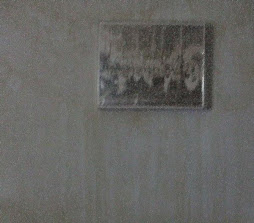





















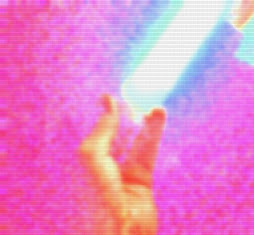









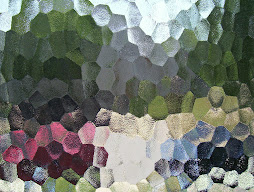
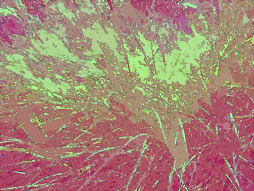
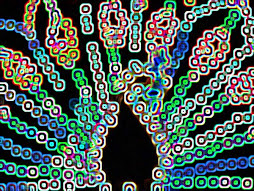












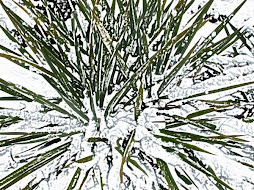










No comments:
Post a Comment